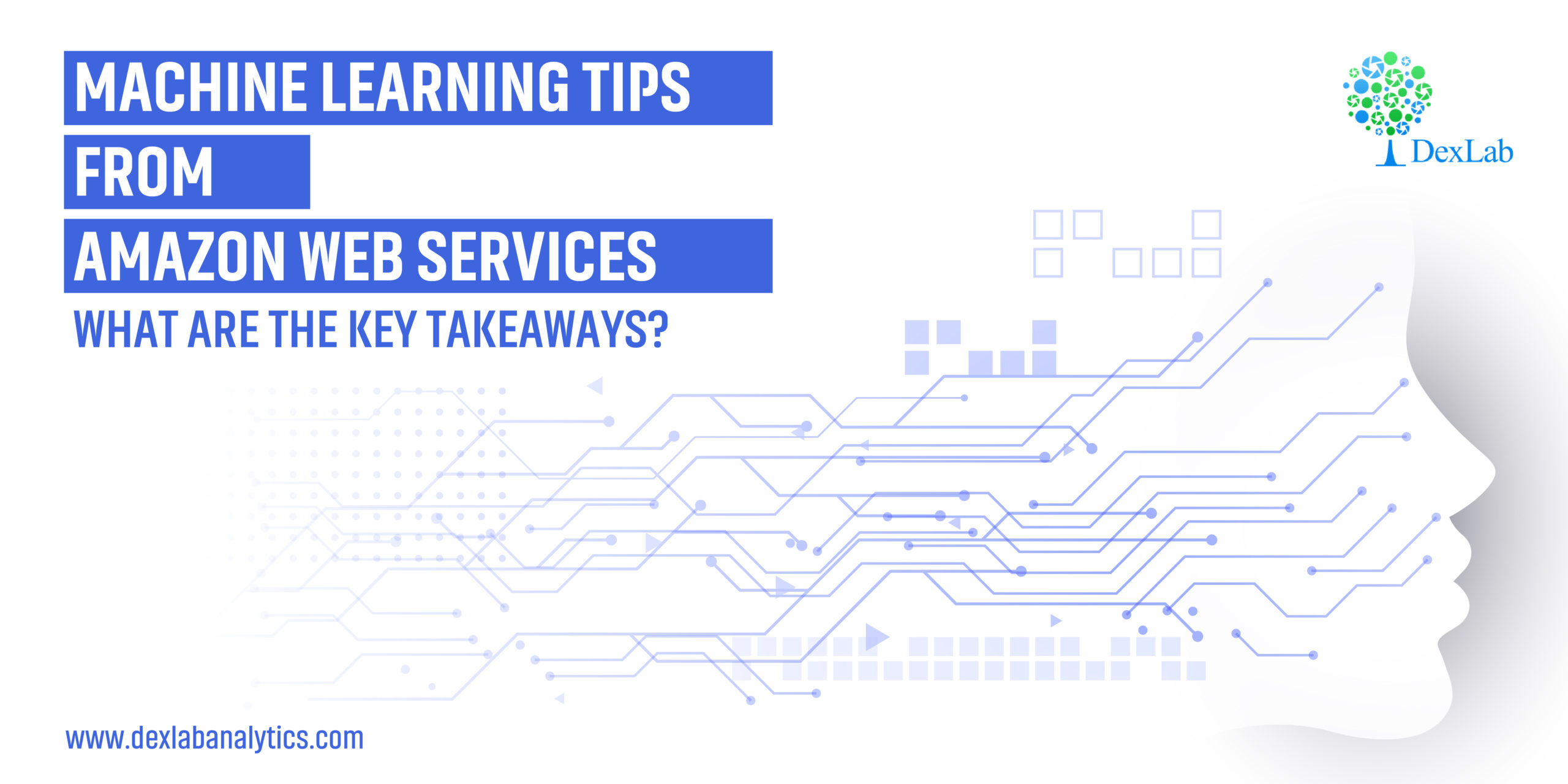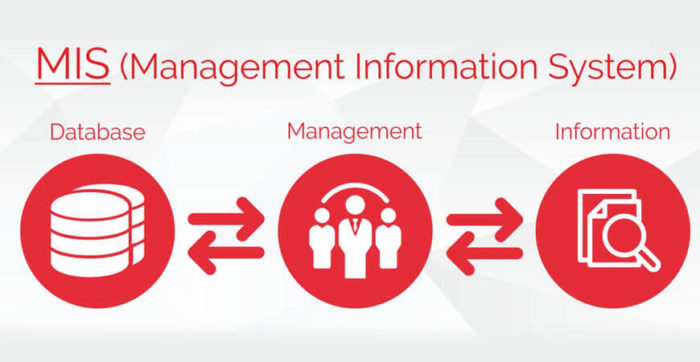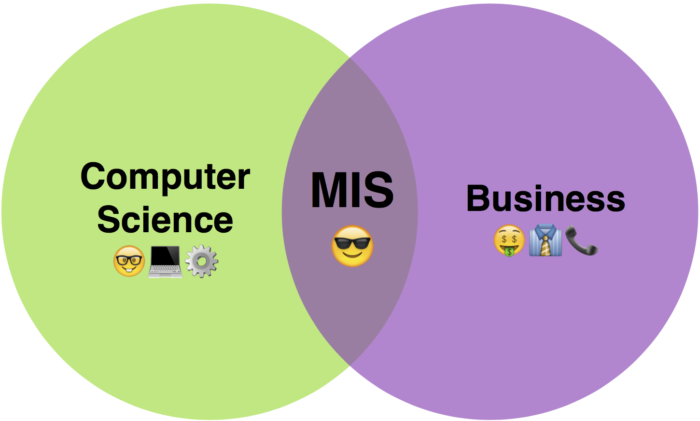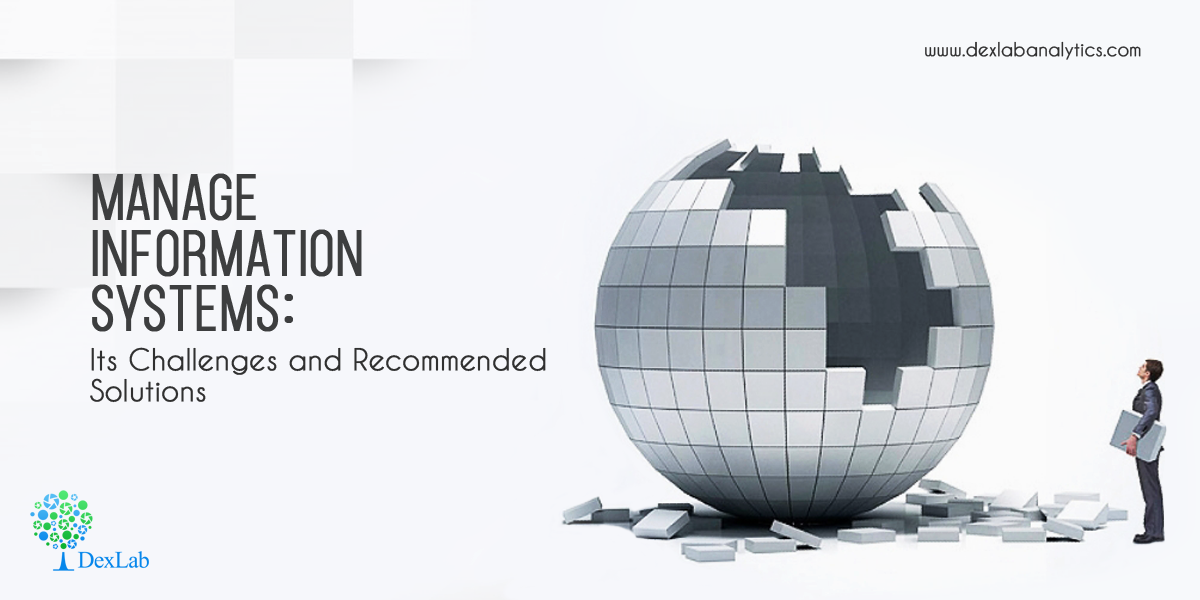Machine learning is a subset of Artificial Intelligence, or, AI which draws from its past experiences to predict future action and act on it. The growing demand for Machine Learning course in Gurgaon, is a clear pointer to the growth the field is experiencing.
If you have been on Youtube frequently then you would certainly have noticed, how it recognizes the choices you made during your last visit and it suggests results based on those past interactions.
The world of machine learning is way past its nascent stage and has found several avenues where its application has become manifold over the years. From predictive analysis to pattern recognition systems, Machine learning is being put to use for finding an array of solutions.
AWS has been a pioneer in the field as it embraced the technology almost 20 years back, recognizing its potential growth across all business verticals.
At a recently held online tech conference, vice president of Amazon AI shared his concerns and ideas regarding the journey of ML while pointing out the hurdles still in the way and which need to be addressed. Here are the key takeaways from the discussion
Growing need for Machine learning
Amazon was quick to realize a crucial fact in the very beginning that consumer experience is a crucial aspect of business which needs to get better with the application of ML.
Despite the impressive trajectory of machine learning and its growing application across different fields there are still issues which pose serious challenge. There are certain issues which if tackled properly would pave the way for a smarter future for all.
Get your data together
Businesses intent on building a machine learning strategy need to understand that they are missing a vital component of the model which is the data itself. Setting out business objectives is not enough; machine learning model is basically built upon data. You need to feed the model data, accumulated over a period of time which it could analyze and to predict future action.
Clarity regarding machine learning application
It is understood that you need to apply machine learning in order to find solutions, to do that you need to identify that particular area of your business where you need the solution. Once you have done that, you need clarity regarding data backup, applicability and impact on business. Swami Sivasubramaniam, vice president of Amazon AI at Amazon Web Services referred to these aspects as “three dimensions”.
Another point he stressed was regarding a collaboration between domain experts and machine learning teams.
Dearth of skill
Although there has been a quantum growth in the application of machine learning, there is a significant lack of trained personnel for handling machine learning models. Undergoing a Machine Learning course in Gurgaon, could bridge the skill gap.
Since, this sector is poised to grow, people willing to make a career should consider undergoing training.
In fact, organizations looking to implement machine learning model, should send their employees for corporate training programs offered at a premier MIS Training Institute in Delhi NCR.

Avoid undifferentiated heavy lifting
Most companies tend to shift their focus from the job at hand and according to Sivasubramaniam, starts dealing with issues like “server hosting, bandwidth management, contract negotiation…”, when they should only be concerned with making the model work for their business model and should look for cloud-based solutions for handling the rest of the issues.
Addressing these issues would only pave the way towards a brighter future where Machine learning would become an integral part of every business model.
Source: https://searchenterpriseai.techtarget.com/feature/How-to-build-a-machine-learning-model-in-7-steps
.







